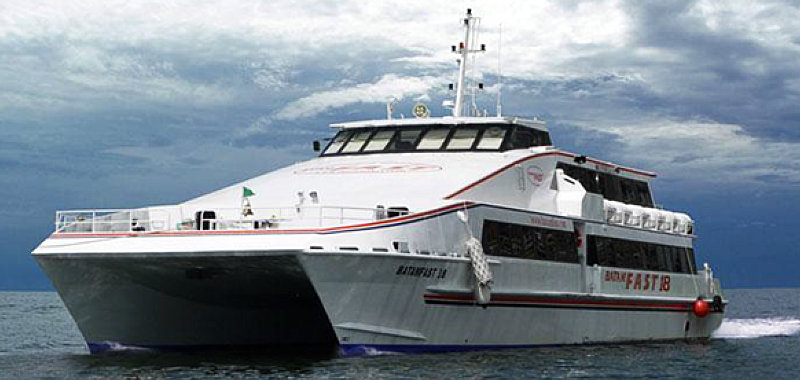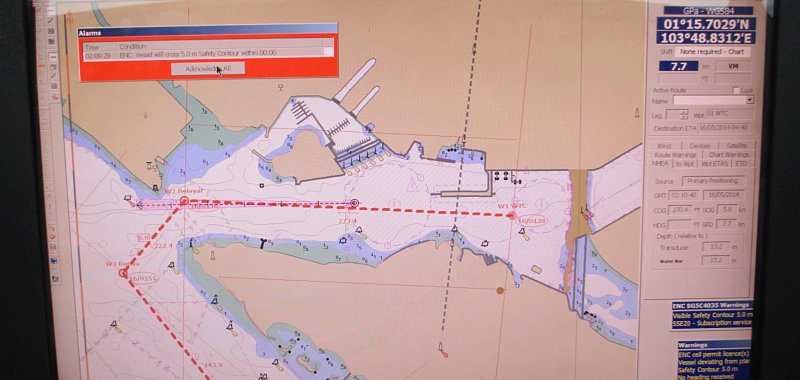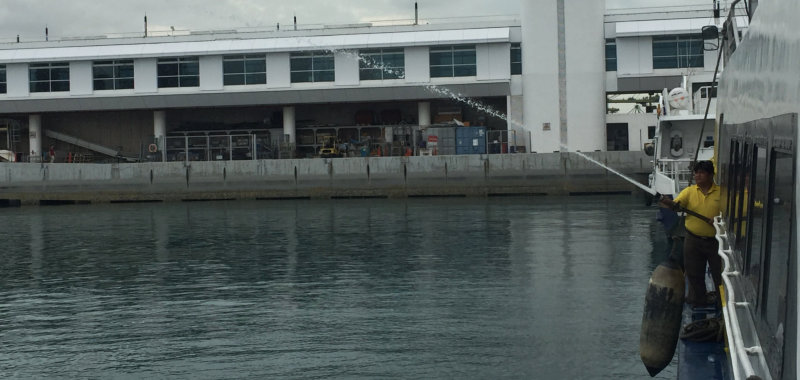Safety of Passenger Ferries – Type Rating Certificate
Passenger ferries are an important segment of the maritime eco-system and are responsible for ferrying 6 million passengers within the Singapore port, as well as and to and fro regional ports. The regional ferries operate from two regional ferry terminals located at HarbourFront Centre and Tanah Merah. These ferry terminals are the gateways for public to sail to some eleven destinations in Malaysia and Indonesia.
MPA takes the safety of passenger ferries as top priority. Safety is ensured through a combination of strict licensing requirements, monitoring of safe ferry operations, enforcing high standards of safety through regular inspections and enhancing the competency of ferry crews. This article describes how the masters and officers of a high speed craft operating in the region are trained and assessed by MPA.
High Speed Craft
Under SOLAS Convention, ferries built in accordance with the High Speed Craft (HSC) Code must comply with construction, equipment and operational requirements of the Code. Many regional ferries operating from Singapore are HSCs and are capable to cruise at speeds exceeding 25 knots. In view of the high operational speed of the HSCs, the navigating officers must be familiar with the route and controls of the craft to enable them to navigate safely.
MPA requires masters and deck officers manning HSCs to undergo additional training and certification known as the Type Rating Certificate (TRC). This is in addition to the Certificate of Competency that they are required to hold.
To obtain a TRC, masters and officers will have to complete a craft familiarisation training supervised by the Company’s training officer. The training includes knowledge of the craft’s propulsion and steering systems, operation of all navigational aids on board, emergency and communications systems. Masters and officers then have to familiarise themselves with the specific route of the HSC. MPA requires an officer to transit the particular route for at least 20 trips during both day and night. In addition to this, masters and officers are also required to attend courses on crisis management as well as human behaviour and crowd management in accordance with the requirements of the STCW Convention.

Exterior look of a High Speed Craft

One of the navigational equipment – ECDIS
MPA will assess candidates for TRC by making trips on the craft and observing how the master/officer performs on the HSC. The assessment includes testing their skills on the manoeuvring of the craft, operational use of key navigational and safety equipment, and the knowledge of the aids to navigation (AtoN) along the route. Candidates should also be fully conversant with emergency drills, such as launching of life raft and evacuation of passengers. Mock fire and abandon-ship drills are also conducted at berth.
Masters and officers assessed by the examiner are to be capable of operating the craft safely and are conversant with the route will be issued with a TRC. The TRC is craft and route specific and valid for 2 years. The certificate may be re-issued if the officer continues to be employed on the same craft and the specified route.

Operational test of the emergency fire pump in a mock fire drill
